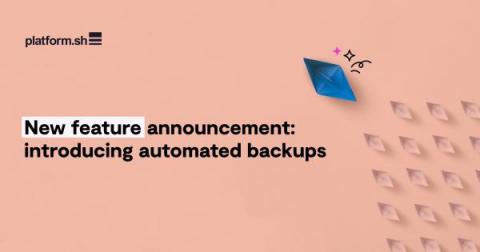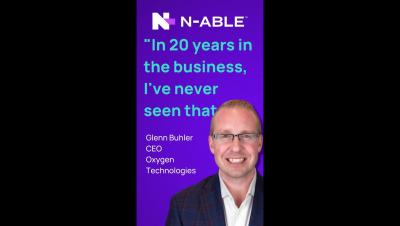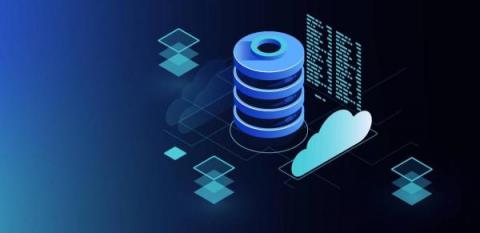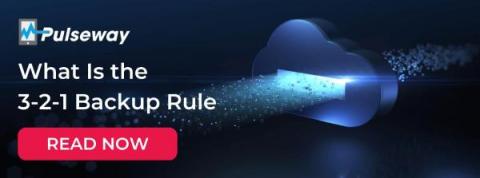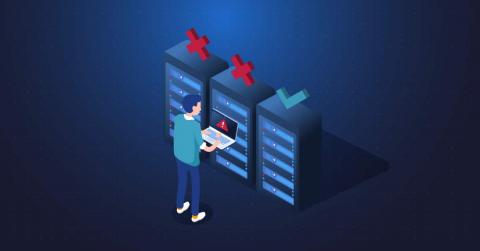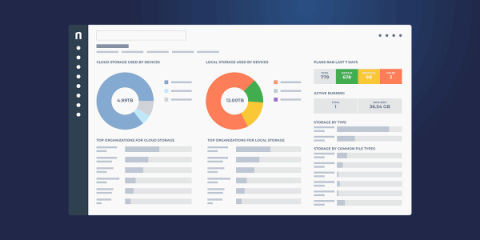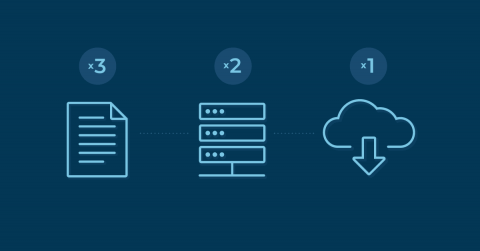New feature announcement: Introducing Automated Backups
You asked and we delivered! The days of configuring cron jobs to take backups for each of your environments are over. Soon, for every grid project, you will have your backups automated according to the plan of your choice. Meaning you can focus on deploying today without worrying about whether you can roll back to yesterday - this new feature has you covered. We thought we’d give you the heads up so you can get in there early and choose your desired backups plan.


